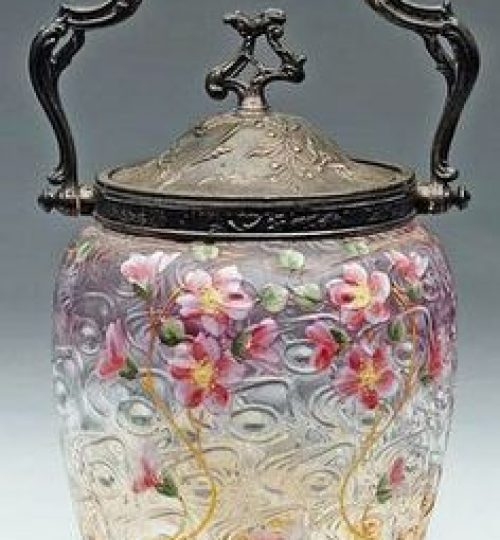Our Projects
Request by Appointment
QUALIFIED Appraisals
Qualified Appraiser Christina L. Pereiro provides professionally researched opinions about the value of pieces of fine art, antiques, furniture, decorative arts, carpets and jewelry for insurance purposes, tax valuation, and auctions, as well as to aid property division during divorce proceedings. Appraisers must have an extensive knowledge of art history and the international art marketplace along with a thorough understanding of estate and income tax laws. They must also understand the principles used to determine the fair market value for art objects. Many hours might be spent performing computer research, personal library of 0ver 500 references books, numerous library and institution visits for art reference in this occupation.





Appraisals/Auctions
our process and team
Becoming a member of a professional organization is a good way to improve career opportunities. As entry-level memberships, the National Association of Professional Appraisers and the New England Association of Appraisers. As an applicant candidate with the ISA you must successfully complete a series of classes and examinations to be admitted as an ISA Member. These organizations offer up-to-date, industry-standard information and training opportunities, as well as access to jobs, marketing and networking opportunities. Furthermore, IRS regulations require that appraisers state their educational qualifications and membership in professional organizations in every appraisal report. This information may be used to judge the competency of personal property valuations made by art appraisers.
Portrait of a Young Man after Rembrandt
A nationally known art historian visited Kubtec recently in order to perform advanced image analysis on a curious painting she obtained at auction. Kubtec’s high-resolution x-ray equipment revealed new details which were previously obscured, leading to exciting conclusions about the origin of the art. Jerry Conlogue, Professor of Diagnostic Imaging at Quinnipiac University, provided expert assistance during the hands-on study.
The portrait of a young man was painted using oil on canvas, done in the styling of the famous Rembrandt van Rijn. Although Rembrandt died in the 1600s, the stretcher, keys and nails used are thought to have been incorporated later, closer to the 1800s. The subject is Nicolaes Bruyningh, Law Student/Clerk b., 1630 – d. 1680 (original Nicolaes Bruyningh, 1652, Kassel Germany).


Using the Kubtec XTEND® Portable High Resolution X-ray System, the team took several images of the painting and was able to make some important determinations: The radiograph showed the density of the paint used in certain sections, specifically in the facial area of the nose, cheeks, forehead and the tassels from the collar only. It also shows other details obscured by surface dirt and old varnish, not evident without the radiograph.
Additionally, the radiograph showed in intricate detail the weave of the canvas, with thicker threads and thinner threads at consistent intervals. The experts noted that the canvas may not be of the highest quality due to the weave construction, commenting that artists often end up in hardship at certain times in their life and must resort to using whatever canvas and materials are available within their means.